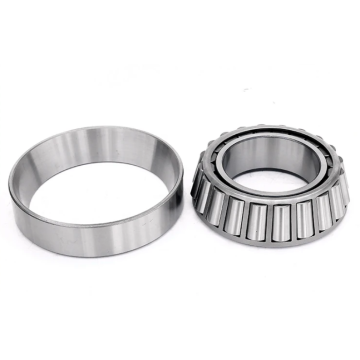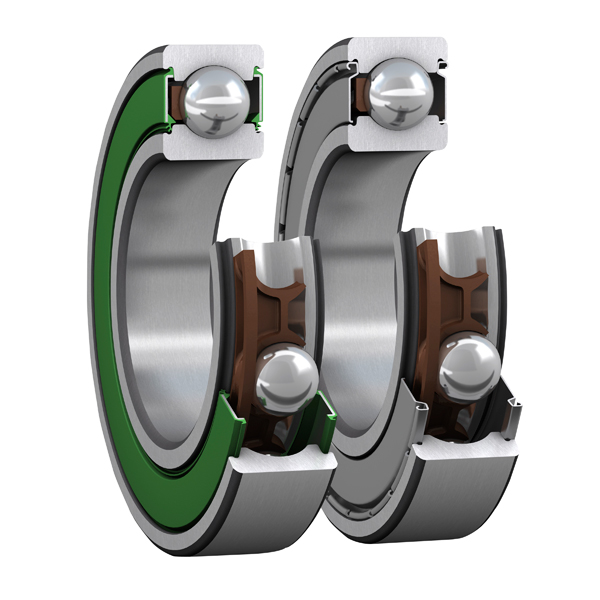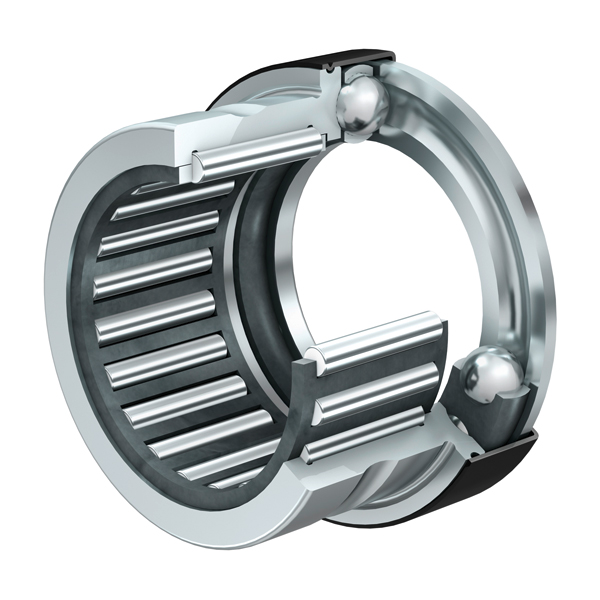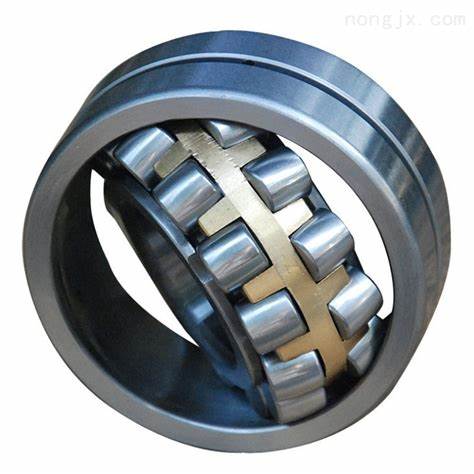Release Bearing
(Total 5 Products)
-


Fangqiang low-nois high-speed bearing 30213
Contact Now
-
-


Fangqiang Has A Variety Of Specifications Bearings 30215
Contact Now
-


Noise High Speed Good Quality Bearing 30209
Contact Now
-
-
Brand:There is no
Min. Order:50 Set/Sets
Model No:30213
Transportation:Ocean,Land,Air
Packaging:Wooden box
Supply Ability:Ship a cabinet of 40
Place of Origin:china
[Name]: tapered roller bearing [Model numbe]:30213 [Specification]:65mm*120mm*25mm [Brand]: None [Characteristics]: mainly bear radial mainly diameter and axial combined load. The bearing capacity depends on the raceway Angle of the outer ring, and...
-
Brand:There is no
Min. Order:50 Set/Sets
Model No:30214
Transportation:Ocean,Land,Air
Packaging:Wooden box
Supply Ability:Ship a cabinet of 40
Place of Origin:china
[Name]: tapered roller bearing [Model numbe]:30214 [Specification]:70mm*125mm*26.5mm [Brand]: None [Characteristics]: mainly bear radial mainly diameter and axial combined load. The bearing capacity depends on the raceway Angle of the outer ring,...
-
Brand:There is no
Model No:30215
Transportation:Ocean,Land,Air
Packaging:Wooden box
Supply Ability:Ship a cabinet of 40
Place of Origin:china
[Name]: tapered roller bearing [Model numbe]:30215 [Specification]:75mm*130mm*27.5mm [Brand]: None [Characteristics]: mainly bear radial mainly diameter and axial combined load. The bearing capacity depends on the raceway Angle of the outer ring,...
-
Brand:There is no
Min. Order:50 Set/Sets
Model No:30209
Transportation:Ocean,Land,Air
Packaging:Wooden box
Supply Ability:Ship a cabinet of 40
Place of Origin:china
[Name]: tapered roller bearing [Model numbe]:30209 [Specification]:45mm*85mm*21mm [Brand]: None [Characteristics]: mainly bear radial mainly diameter and axial combined load. The bearing capacity depends on the raceway Angle of the outer ring, and...
-
Brand:There is no
Min. Order:50 Set/Sets
Model No:30306
Transportation:Ocean,Land,Air
Packaging:Wooden box
Supply Ability:Ship a cabinet of 40
Place of Origin:china
[Name]: tapered roller bearing [Model numbe]:30306 [Specification]:30mm*72mm*21mm [Brand]: None [Characteristics]: mainly bear radial mainly diameter and axial combined load. The bearing capacity depends on the raceway Angle of the outer ring, and...
The clutch Release Bearing is installed between the clutch and the transmission, the release bearing seat is loosely sleeved on the tubular extension part of the bearing cover of the first shaft of the transmission, the shoulder of the release bearing is always leaning on the release fork through the return spring, and retreats to the last position, and the end of the release rod (separation finger) keeps a clearance of about 3~4mm.
Due to the clutch compression. The release lever and the engine crankshaft run synchronously, and the release fork can only move axially along the clutch output shaft, and it is obviously impossible to directly use the release fork to toggle the release rod, and by separating the bearing, the release lever can be rotated while moving along the clutch output shaft, so as to ensure that the clutch can be smoothly engaged, the separation is soft, the wear is reduced, and the service life of the clutch and the entire drive train is prolonged.
performance
The clutch release bearing should be flexible in motion, without sharp sound or jamming, its axial clearance should not exceed 0.60mm, and the inner seat wear should not exceed 0.30mm
A bearing is a common part in mechanical equipment that is used to support and position a rotating shaft. It plays an important role in various industrial fields, such as automotive manufacturing, aerospace, machinery manufacturing, etc. Bearing process refers to a series of processes and technologies involved in the manufacture of bearings, which directly affect the quality and performance of bearings.
First of all, the choice of materials in the bearing process is very important. Bearings are usually made of metal materials such as steel, stainless steel, etc. Choosing the right material can ensure that the bearing has good strength, wear resistance and corrosion resistance. In addition, the heat treatment of the material is also one of the key steps in the bearing process. Through heat treatment, the hardness and toughness of the bearing can be improved, and its service life and bearing capacity can be increased.
In the Arbas region of 105° east longitude and 40° north latitude where the temperature fluctuation between day and night can reach 50 degrees in winter, there is an essential native goat breed, the purebred Arbas Baby Cashmere Goat, which features thin and soft hair, a pair of horns and pink ears. Arbas Baby Cashmere Goat looks small yet are the nobles of goats.
The famous Arbas Baby Cashmere Goat, as a rare breed living in the Ordos Plateau of Inner Mongolia, is concentrated in Otog Banner, Otog Front Banner and Hanggin Banner in the western part of the Plateau. Sumu, Arbas, Otog Banner is the primary production area of Arbas Baby Cashmere Goat for its favorable natural environment, with Arbas Mountain in the west, vast natural pasture in the center and desert steppe in the south. The semi-arid steppe climate provides excellent conditions for animal husbandry.
Due to its location in the desert steppe, the area is dry and windy with little rainfall and much sand. The temperature difference between day and night is extremely high, and the annual average temperature is 6.4 °C. In the long, cold and dry winter, the lowest temperature reaches -30°C to -40°C late at night, while in the short, hot and arid summer, the highest temperature is 36.4°C and the lowest -32°C, with annual precipitation between 200mm to 400mm. The adorable,
lovely and lively Arbas Baby Cashmere Goat grows in such extremely harsh conditions, thus can produce rare and quality cashmere.
Arbas Baby Cashmere Goat’s two coats are pure white. The top layer or outer coat is bright and coarse guard hair to protect the undercoat that is softer and finer down. The quality of the cashmere fleece is determined by three indicators: the diameter, length, and density of cashmere fibers. Due to its unique genes, Arbas Baby Cashmere Goat has a superiority that can never be duplicated. Its secondary hair follicle is smaller than those of other goats, and its cashmere has an average diameter between 13μm to 15 μm. It can even produce cashmere with a perfect diameter of 14.5μm, with a pure cashmere content of over 55%, which is unique worldwide. The preciousness of cashmere results from the small amount of production of each goat. Therefore, Inner Mongolian Arbas Baby Cashmere Goat was officially named by the People’s Government of Autonomous Region in 1988 and was listed on the National Register for the Conservation of Animal Genetic Resources as Class-1 protected breed by the Ministry of Agriculture in 2001.






